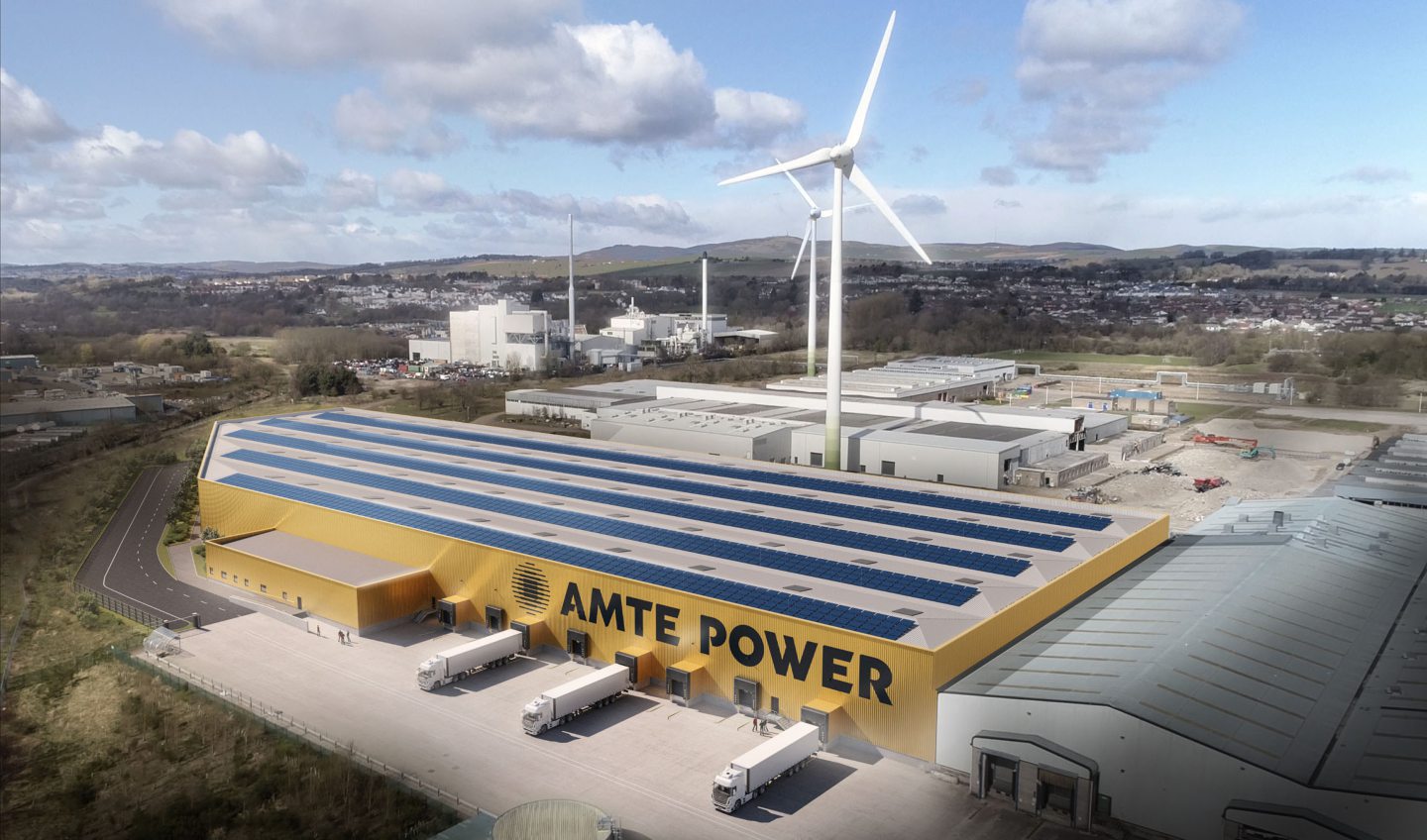
Some time back I wrote that despite its self-appointed title as the oil and gas capital of Europe Aberdeen didn’t actually manufacture much of the sector critical technology.
Just a few weeks ago Energy Voice reported that “Equipment that is necessary for delivering CCS in the UK such as compressors, gas blowers and pumps were all outlined as stumbling blocks in the Department for Energy Security and Net Zero’s UK CCUS supply chain assessment.” In short, we don’t manufacture them.
Asking a friend in our village what he was doing in Italy recently he told me he was inspecting some new gate valves to be fitted offshore. Seems we don’t manufacture them here either.
In Scotland, where the offshore wind industry is of increasing relevance, we are already aware that we don’t manufacture wind turbines, subsea cables or transformers and switches for substations. Now doubtless someone from Scottish Development International will want to point out they’ve attracted a Japanese cable manufacturer to build a cable factory in the Highlands somewhere. Well whoopee… who else can we attract here to do the things we should be doing? This is not a sensible strategy for a small country that claims regularly to be the epicentre of the renewables world.
According to a recent article in The Economist magazine Scotland has a GDP per capita of £33,000 and falling life expectancy rates. For Norway it is £80,000 per head—and the country also has rising life expectancy and a population among the most satisfied in the world. A swift look at Google tells me Denmark is not far off that figure either and has comparable results regarding life expectancy.
It’s perhaps no coincidence then that as I have also said before, Denmark is a genuine global leader in manufacturing wind turbines (and doing well in hydrogen as well now) and Norway is undoubtedly a leader in hydrogen technologies – electrolysers, fuel cells, marine drive trains and storage systems.
Why repeat all this? Simple – I just want Scotland to recognise it’s not actually a global leader in any of the sector critical bits of either the oil and gas or renewables supply chain and accept that so far we’ve really achieved very little and we really need to start considering what we’re going to do about it if anything.
Yes, I know we’re good at tidal turbines but with all due respect to those in that industry it has nothing like the potential of the wind, solar and hydrogen sector. I’m sure they understand that themselves.
According to World Bank and OECD data value added manufacturing as a percentage of GDP in the UK has fallen from just under 17% in 1990 to just over 8% in 2021. Given that trend I would assume it’s even lower now.
So, what’s behind all this? Well as the famed Austrian American management consultant, educator, and author who helped develop modern management theory Peter Drucker once said, “The bottleneck is always at the top of the bottle.” In other words, it’s the government and those that influence it which in the UK’s case means mainly the financial sector – the City.
In perhaps what is a stark and very damning example of this, AMTE Power, the battery manufacturer based in Forres, was planning to build a so-called “giga-factory” for its new sodium ion batteries in Dundee.
The firm managed to secure a lifeline loan, giving it more time to find an equity investor. However, the UK government has refused to help. If this were any other genuinely advanced small country in Europe the cheque would have already been cashed.
Shortly before this though the UK government agreed to make a £500m contribution to the Lithium-Ion battery factory that Jaguar Land Rover want to build in England. Why one and not the other?
Fluxart, a spinout from Strathclyde university that’s developed a novel superconducting motor design for the aerospace sector, is still seeking £100k they need to build their prototype. That’s less than the First Minister earns.
Why is funding projects like the Glasgow university spin out Clyde Hydrogen Systems who are developing decoupled hydrogen electrolysis technology also so difficult when this technology offers potentially considerable advantages over current systems.
Why are we spending ridiculous amounts of money on property development posing as Energy Transition Zones and a so-called Energy Incubator when real life technology development and manufacturing projects are crying out for funding.
Numerous existing oil/gas supply chain companies have made the move into renewables by being able to offer similar services. That’s fine but it’s nothing like enough. What we’re missing are the new “renewables sector specific” companies, particularly in manufacturing. This must change and fast but who’s going to make that happen? Scotland’s renewables supply chain remains sclerotic. It’s going nowhere slowly.
Recommended for you

 © Supplied by AMTE Power
© Supplied by AMTE Power